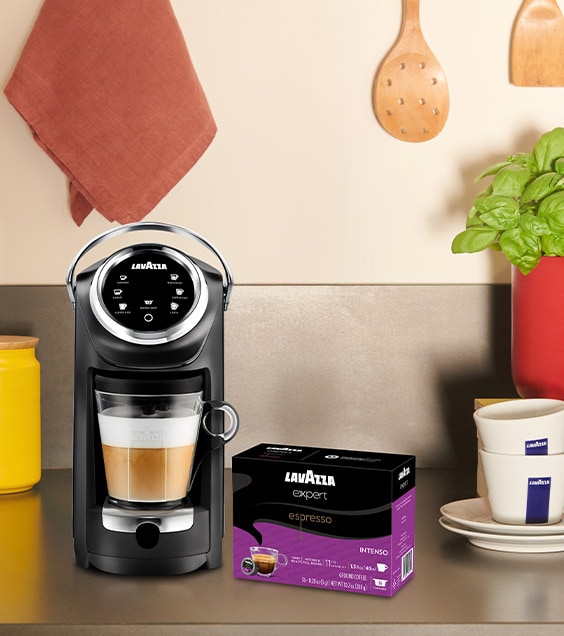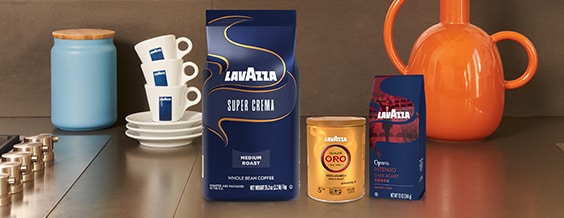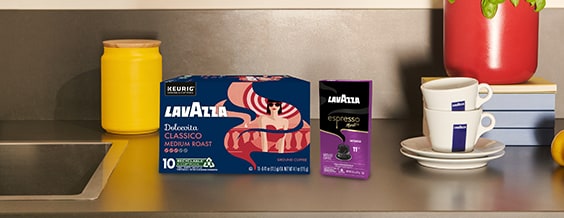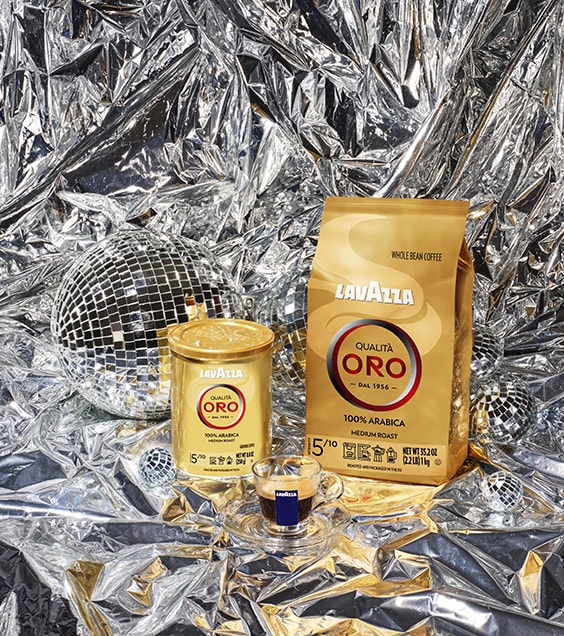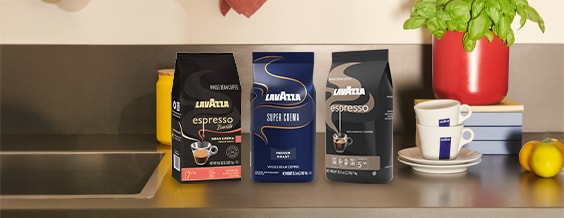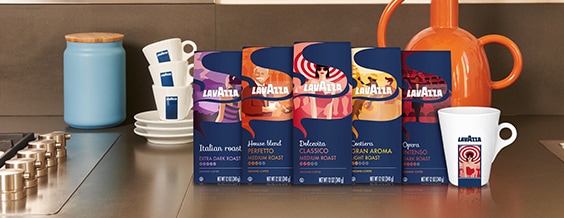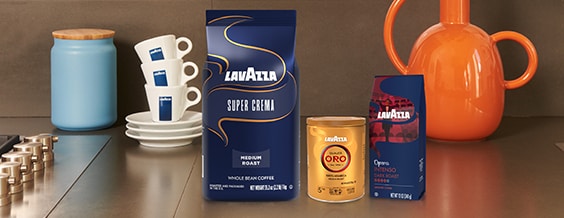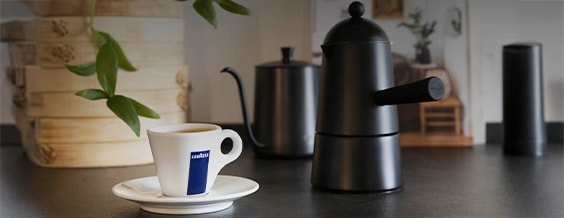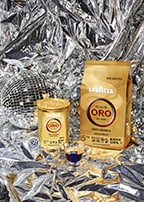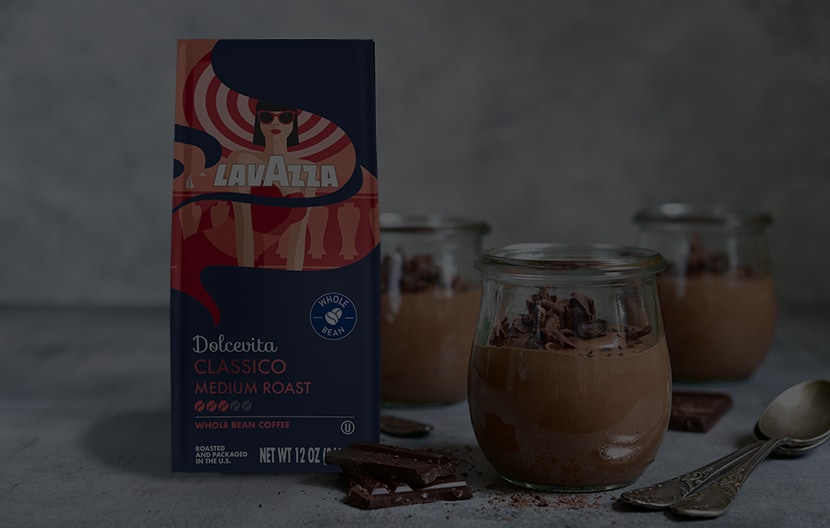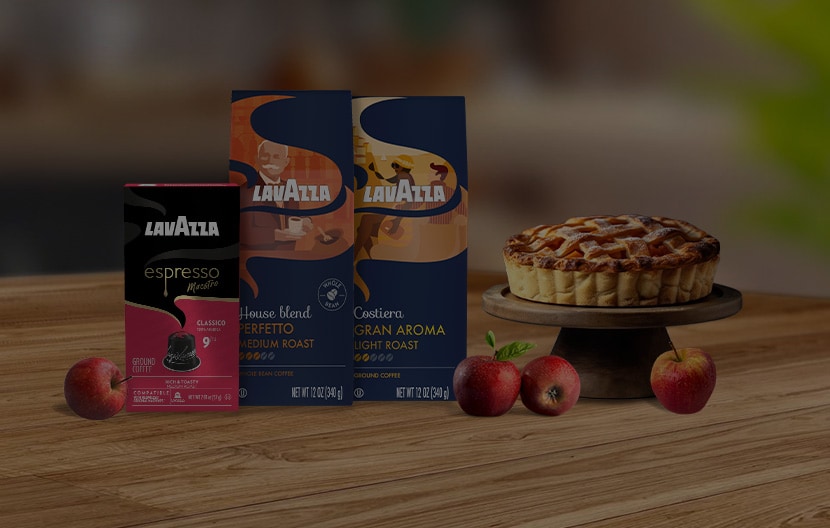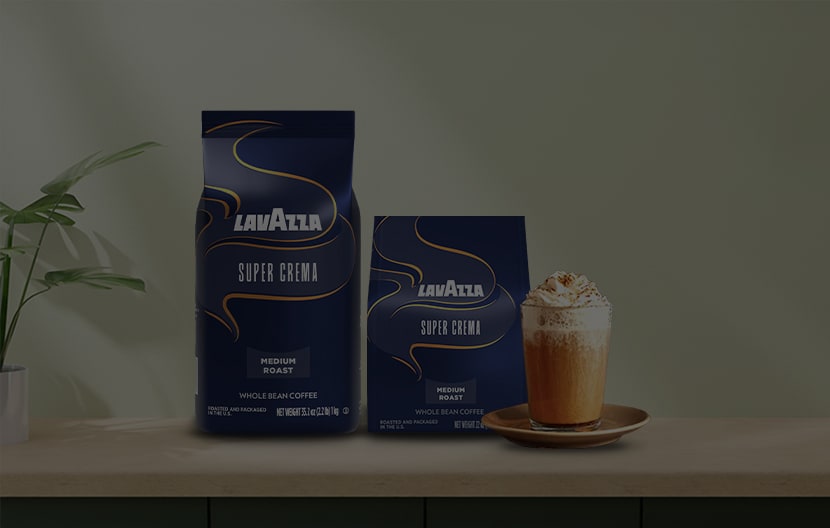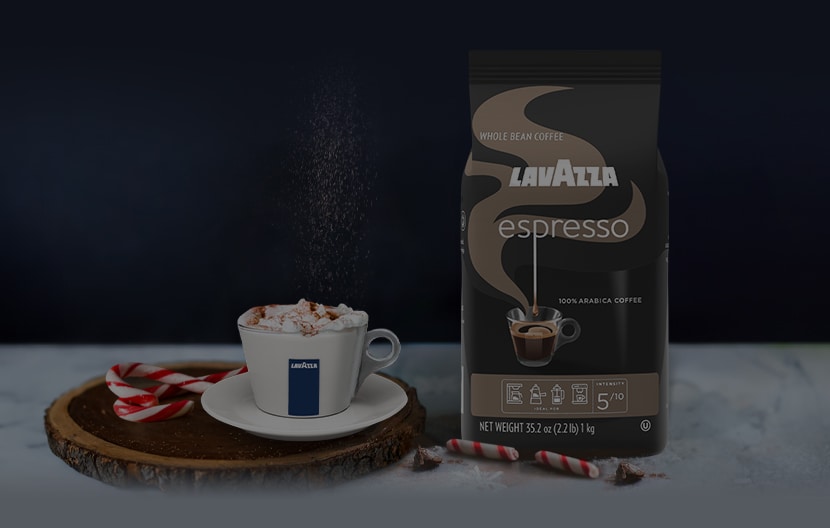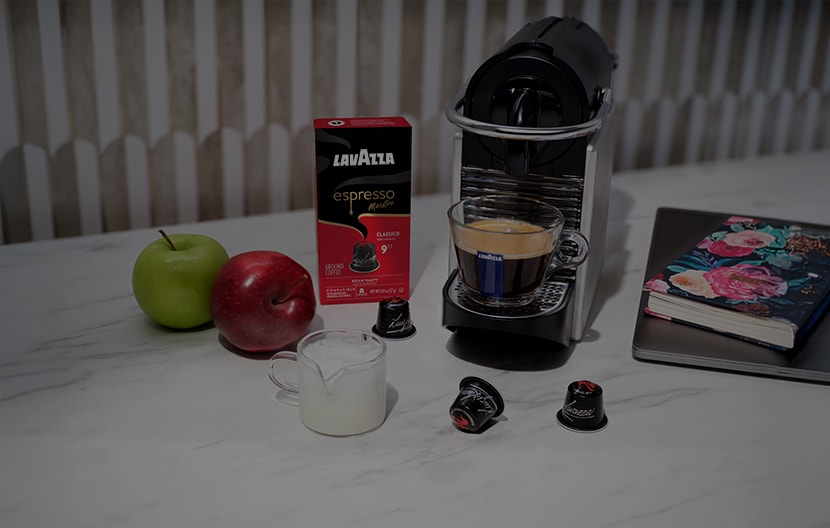*Lavazza is not affiliated with, endorsed or sponsored by Nespresso
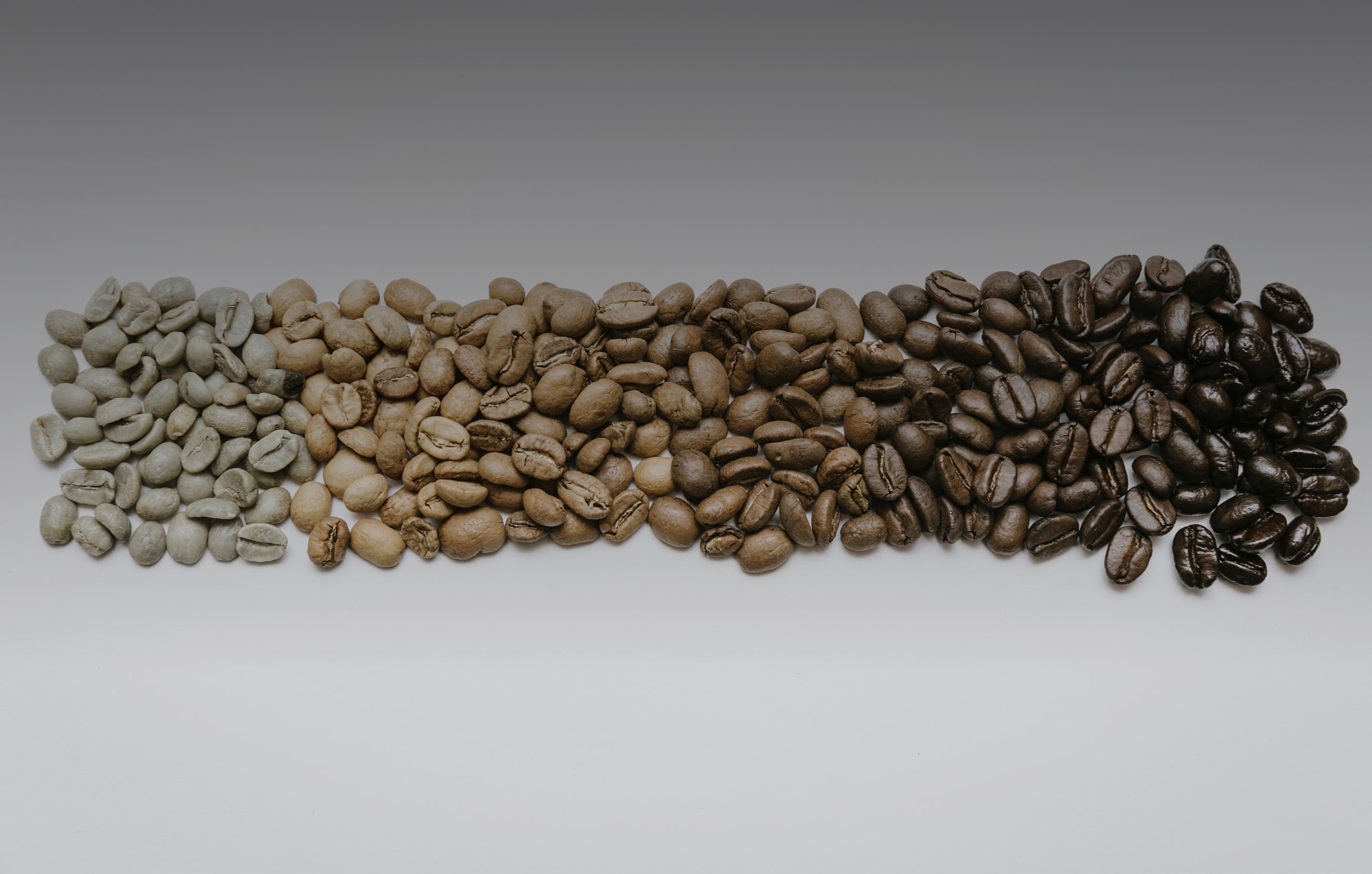
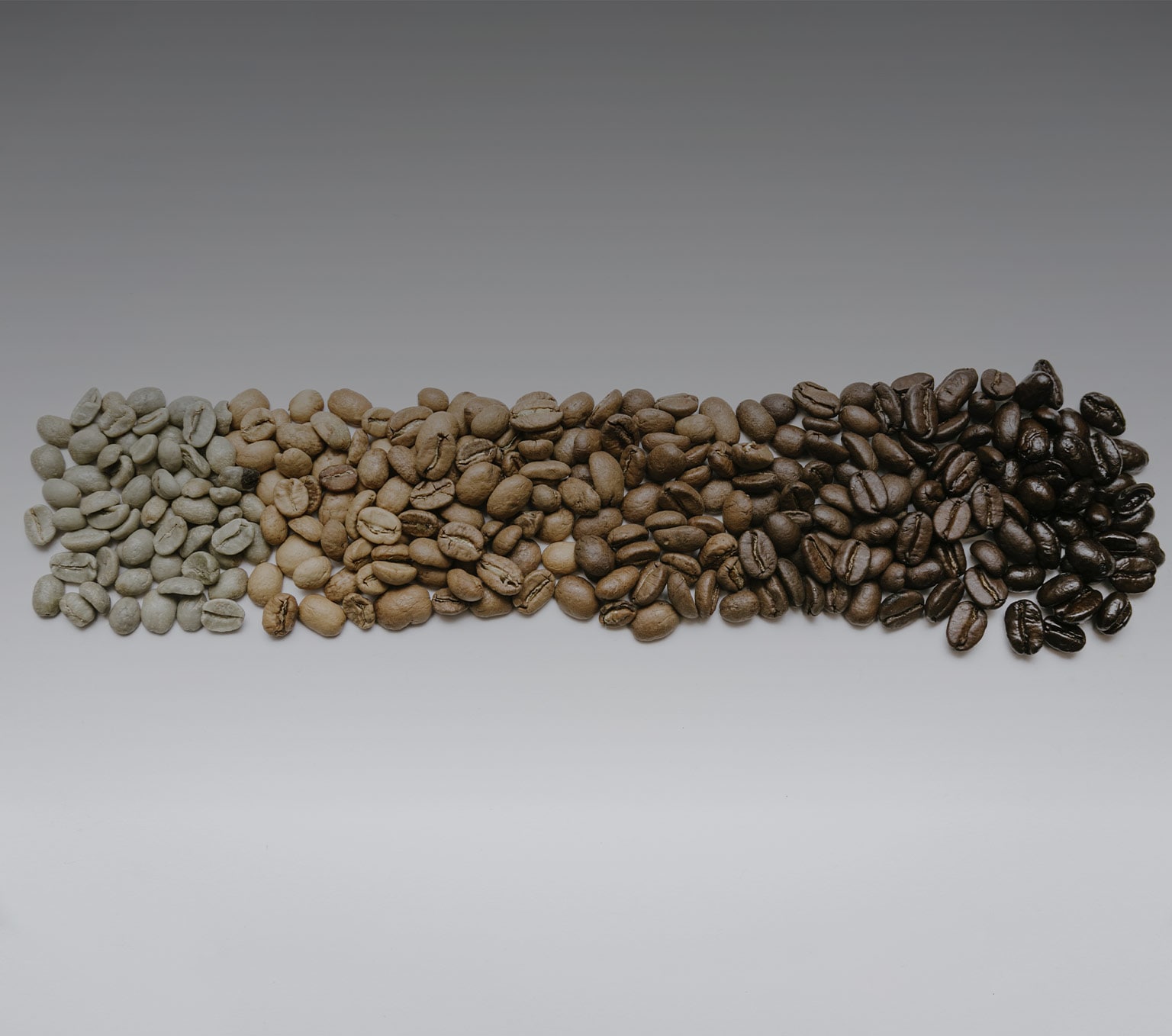
Coffee Intensity Meaning
If you’re a coffee drinker who often buys packaged beans, you might have read a label indicating the bean’s intensity. Maybe baristas or other coffee drinkers have also mentioned similar words to you.
Then, what does coffee intensity mean? Here’s the complete guide to understanding coffee intensity so you’re better informed the next time you purchase your beans.
What is Coffee Intensity?
The word ‘intensity’ is a common term many use to describe the overall characteristic of a coffee blend. The term refers to how intense and rich the coffee aroma is. Intensity is also commonly followed by defining the blend’s ‘body’. So, what is coffee intensity? It can be difficult to understand, but the best way to thoroughly learn about the term is by experiencing the taste and comparing each intensity.
To simplify it, the ‘body’ determines how the brewed coffee ‘feels’ to the human sense of touch. You can judge it from how the texture of the liquid feels on your tongue. Hot chocolates would be full-bodied, while oil is on a medium consistency. Meanwhile, water has no body.
On the other hand, espresso intensity meaning leans more towards how you judge the coffee’s scent. You can find the intensity by bringing a freshly brewed coffee close to your nose and seeing how the smell feels.
Even for experts, coffee intensity is one of the most challenging qualities that’s hard to determine. People’s taste subjectivity can be a powerful aspect affecting their judgment. On the other hand, roasters must evaluate the intensity before delivering the product to you. A roaster’s judgement might also not be objective, so you must keep that in mind when buying beans based on their ‘intensity’.
The intensity of the blend depends on various factors, such as the ratio of Arabica and Robusta in a blend. When there is a higher quantity of Robusta, the intensity is higher. Arabica, on the other hand, has sweeter and more delicate tones.
Roasting also plays a fundamental role in intensity. The darker the coffee, the more intense the taste and flavour. Another relevant factor is the geographical origin of the coffee beans. For example, Vietnam is mainly associated with the export of bitter Robusta beans, while Ethiopia is primarily known for exporting Arabica. Lastly, Colombia is famous for producing coffee with fruity and aromatic tones.
Coffee Intensity Scale
To help determine things objectively, experts often use a coffee intensity scale to measure the aroma and body. The coffee scale uses numbers ranging from one to ten. One stands for coffees with a faint aroma and almost nobody, and ten for coffees with a consistent body and bold aroma.
In general, blends with an intensity label scored one to four means they’re light-bodied. It’s the perfect blend for consumers who love the delicate aroma of freshly brewed coffee. Scores five to seven refer to beans with a balanced body. The flavors also tend to be more prominent. The highest ranges between eight and ten. These beans have a consistent body, giving a rich aroma when freshly brewed.
Although these scales exist to make it easier for roasters to judge coffee intensity, consumers shouldn’t depend on it. As we’ve mentioned before, personal taste plays a big part. Your palate and the roaster’s taste might differ. Many things might affect the final taste. It’s not impossible to taste an intense and rich aroma from level five beans. After all, your sense of smell and palate have their way to provide you with a unique coffee experience.
How to Judge Coffee Intensity Independently
After knowing that intensity may differ from one person to another, you might be curious to explore by yourself. In truth, it’s the best way to understand beans’ characteristics. If you want to slowly learn how to become an expert, learning to judge objectively starts with trial and error.
It’s a good idea to change beans constantly. Explore your options and taste various blends. After you analyze one type of blend, you can compare it to another. Doing so will help you gain firsthand experience on different types of intensity. It’ll help you sharpen your instinct to make quicker judgments later.
To taste coffee characteristics independently, you can prepare freshly brewed coffee. Bring the cup close to below your nose, then gently inhale. Try to grasp the aroma slowly.
You don’t have to search for the taste notes. If you’re using beans, you’ve been consuming them for a while, and you may be sidetracked by a hint of caramel or citrus in the blend. Try to ignore these characteristics. Focus on how intense the aroma is so you can form a subjective judgement.
